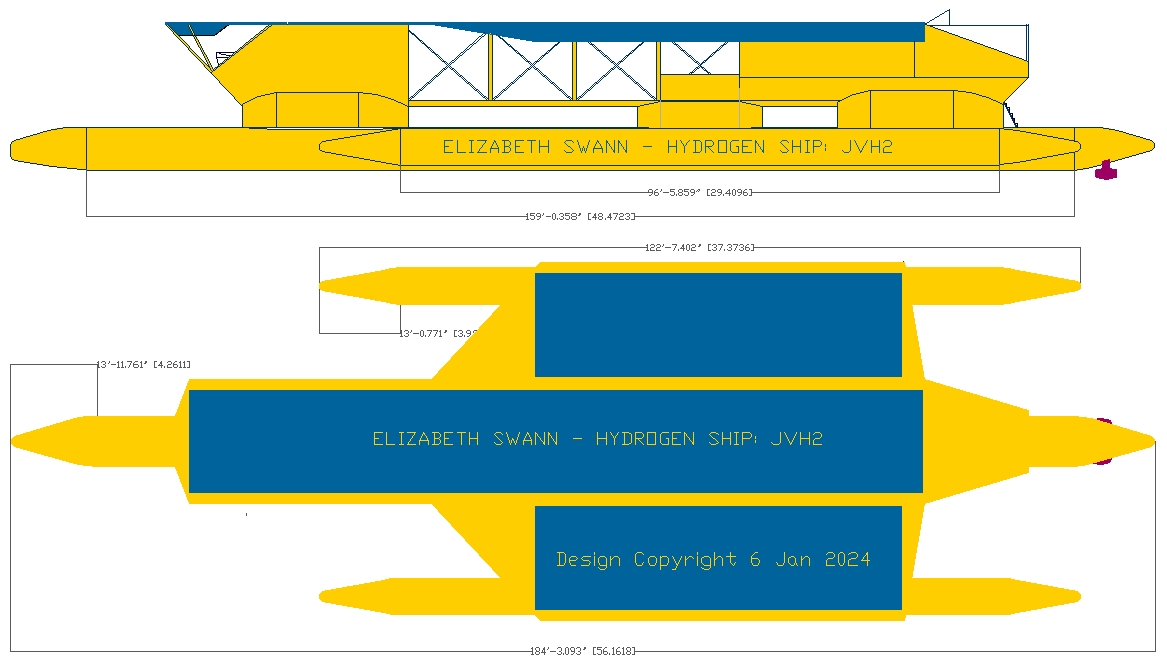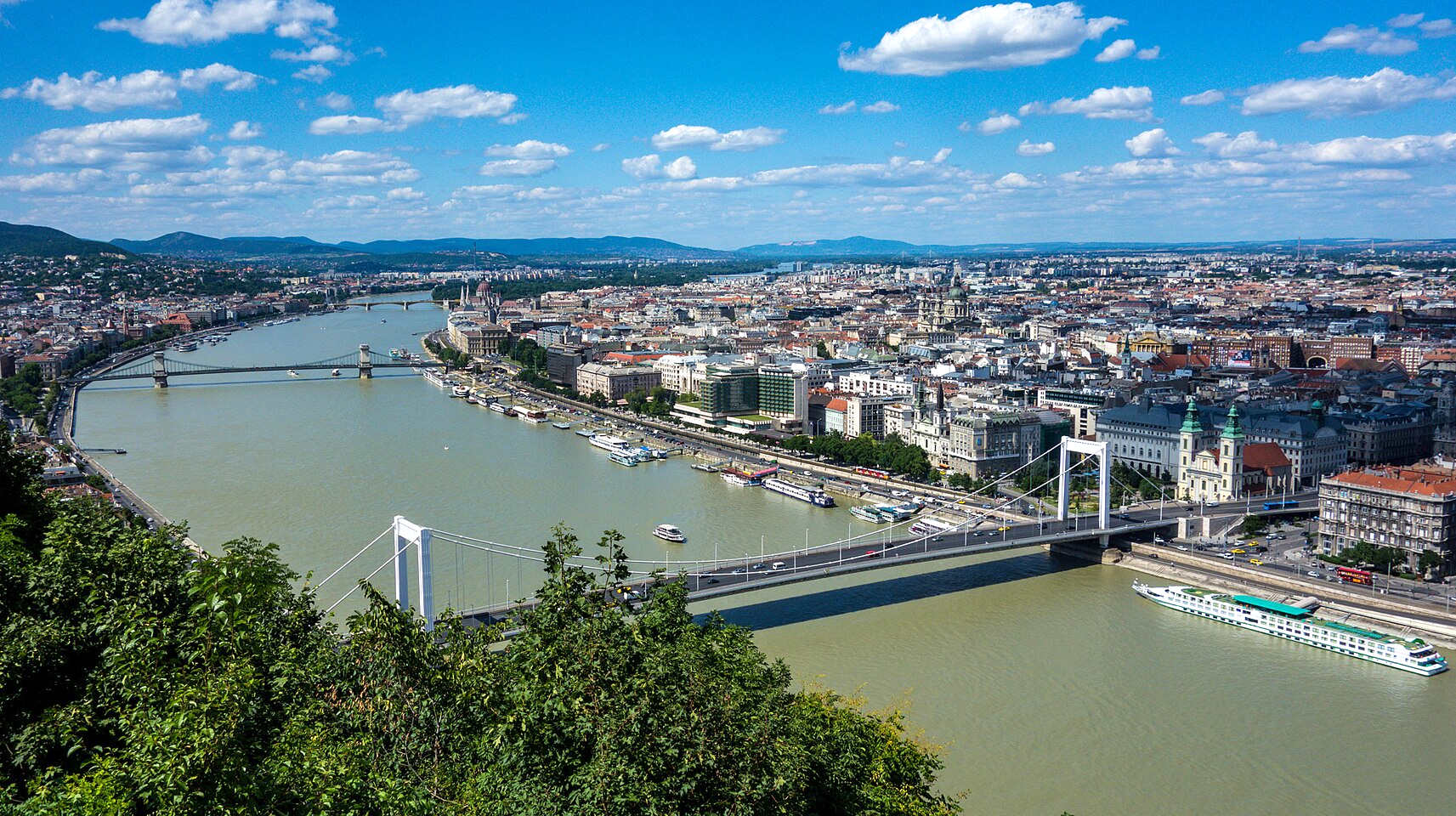|
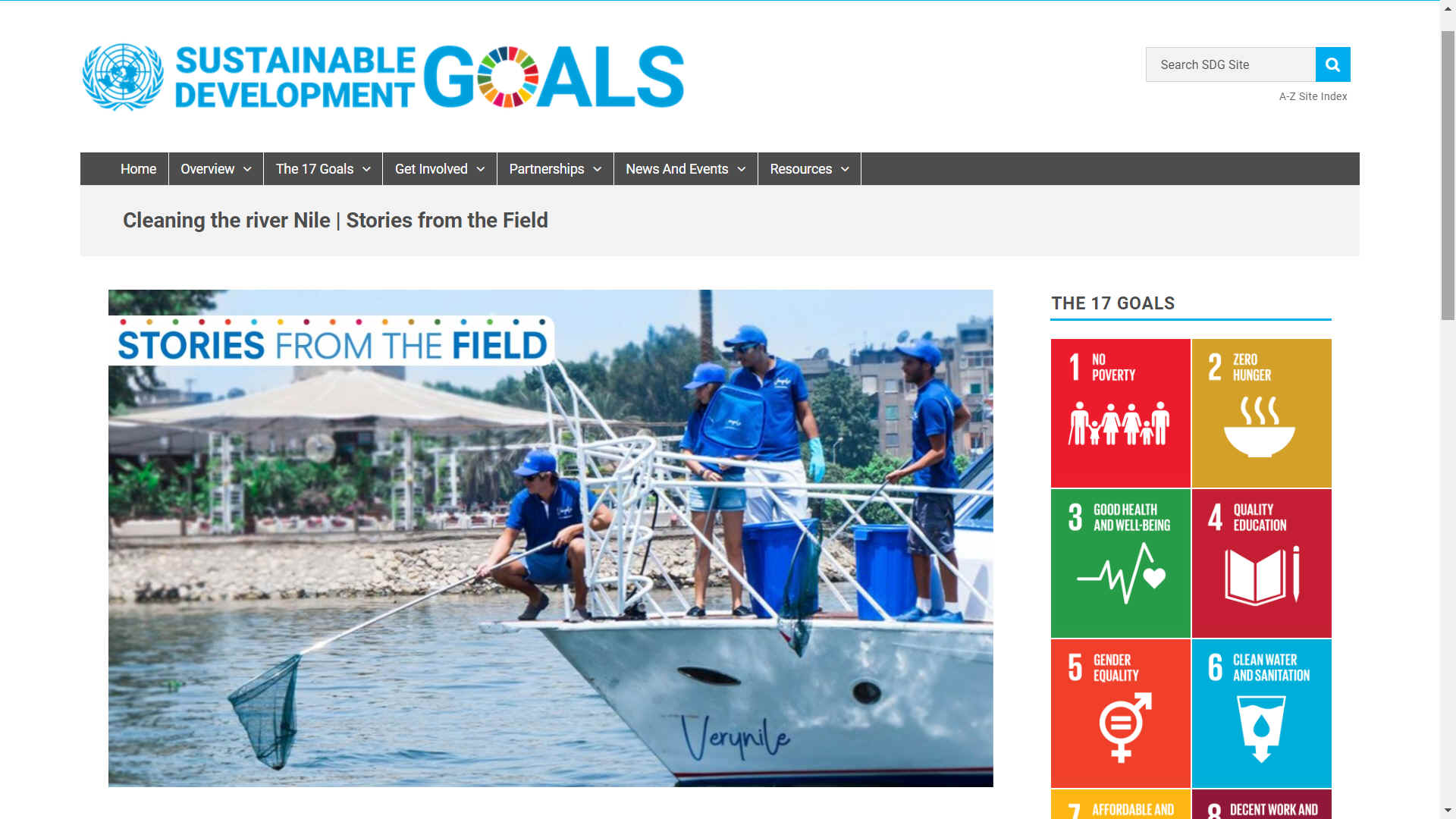
The
orange economy refers to the creative economy, or the production of goods and services that are based on intellectual property, technology, and cultural inspiration. Some examples of the orange economy are arts, media, design, software, and tourism. The color orange symbolizes creativity and innovation. River
cruises are classed as part of the orange economy. Sustainable
river cruises, such as using solar or hydrogen powered boats,
ferries or ships, is one of the United Nations agendas, and of
course, being on water; blue
growth.
The Rhine has been a classic example of the alternating roles of great rivers as arteries of political and cultural unification and as political and cultural boundary lines. The river also has been enshrined in the literature of its lands, especially of Germany, as in the famous epic Nibelungenlied. Since the time when the Rhine valley became incorporated into the
Roman
Empire, the river has been one of Europe’s leading transport routes. Until the 19th century the goods transported were of high value but relatively small in volume, but since the second half of the 19th century the volume of goods conveyed on the river has increased greatly. The fact that cheap water transport on the Rhine helped to keep prices of raw materials down was the main reason the river became a major axis of industrial production: one-fifth of the world’s chemical industries are now manufacturing along the Rhine. The river was long a source of political dissension in Europe, but this has given way to international concern for ecological safeguards as pollution levels have risen; some 6,000 toxic substances have been identified in Rhine waters.
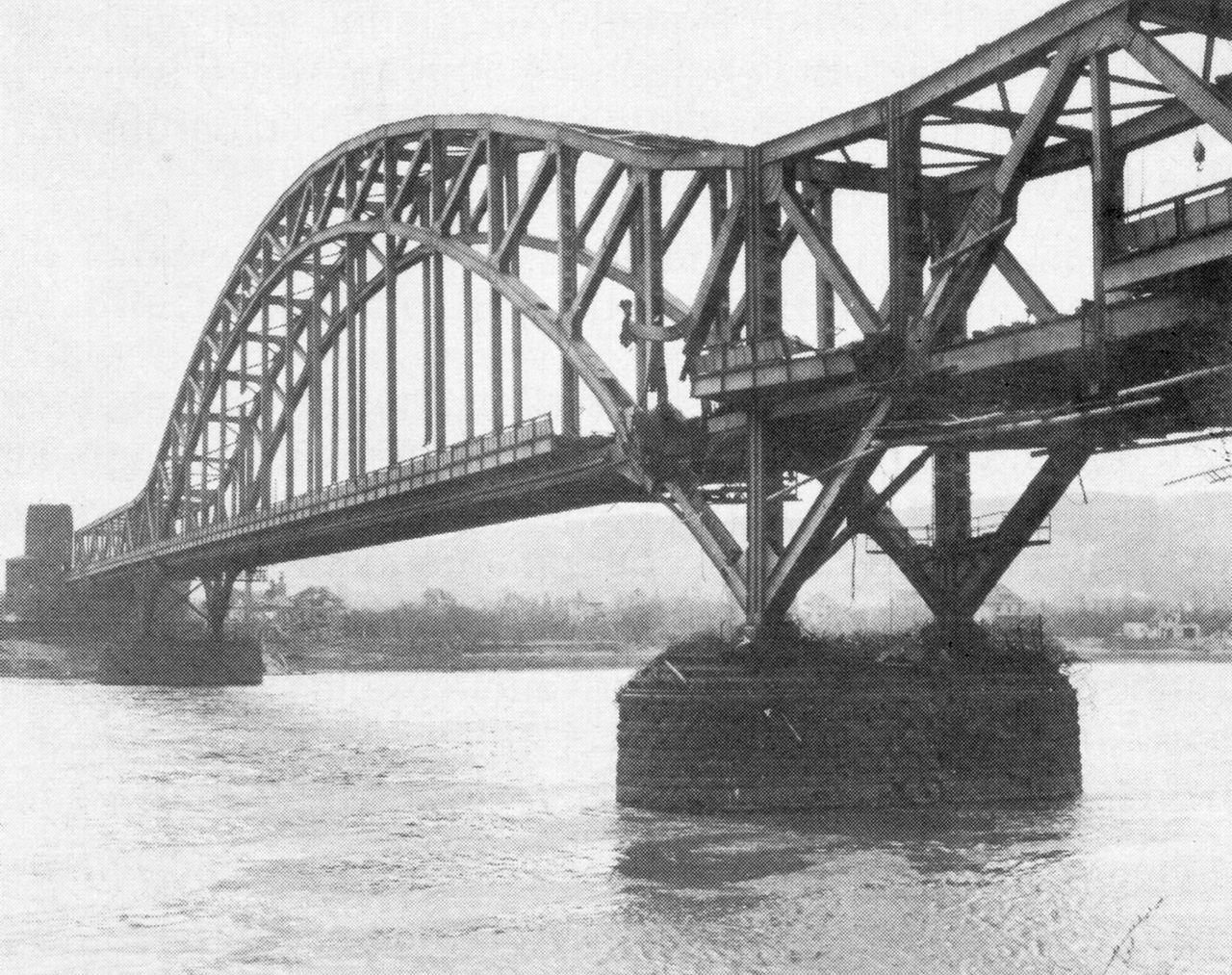
No other river in the world has so many old and famous cities on its
banks - Basel, Switzerland; Strasbourg,
France; and Worms, Mainz, and Cologne,
Germany, to name a
few - but there are also such industrial cities as Ludwigshafen and Leverkusen in Germany that pollute the waters and mar the scenic attraction of the riverbanks. Nonetheless, the middle Rhine (the section between the German cities of Bingen and Bonn), with such steep rock precipices as the Lorelei crag and numerous castles, still presents breathtaking vistas and attracts tourists. This is the Rhine of legend and myth, where the medieval Mouse Tower (Mausturm) lies at water level near Bingen and the castle of Kaub stands on an island in the river. The Alpine section of the Rhine lies in Switzerland, and below Basel the river forms the boundary between western Germany and France, as far downstream as the Lauter River. It then flows through German territory as far as Emmerich, below which its many-branched delta section epitomizes the landscapes characteristic of the Netherlands.
The Rhine is the longest river in Germany. It is here that the Rhine encounters some more of its main tributaries, such as the Neckar, the Main and, later, the Moselle, which contributes an average discharge of more than 300 m3/s (11,000 cu ft/s). Northeastern France drains to the Rhine via the Moselle; smaller rivers drain the Vosges and Jura Mountains uplands. Most of Luxembourg and a very small part of Belgium also drain to the Rhine via the Moselle. As it approaches the Dutch border, the Rhine has an annual mean discharge of 2,290 m3/s (81,000 cu ft/s) and an average width of 400 m (1,300 ft).
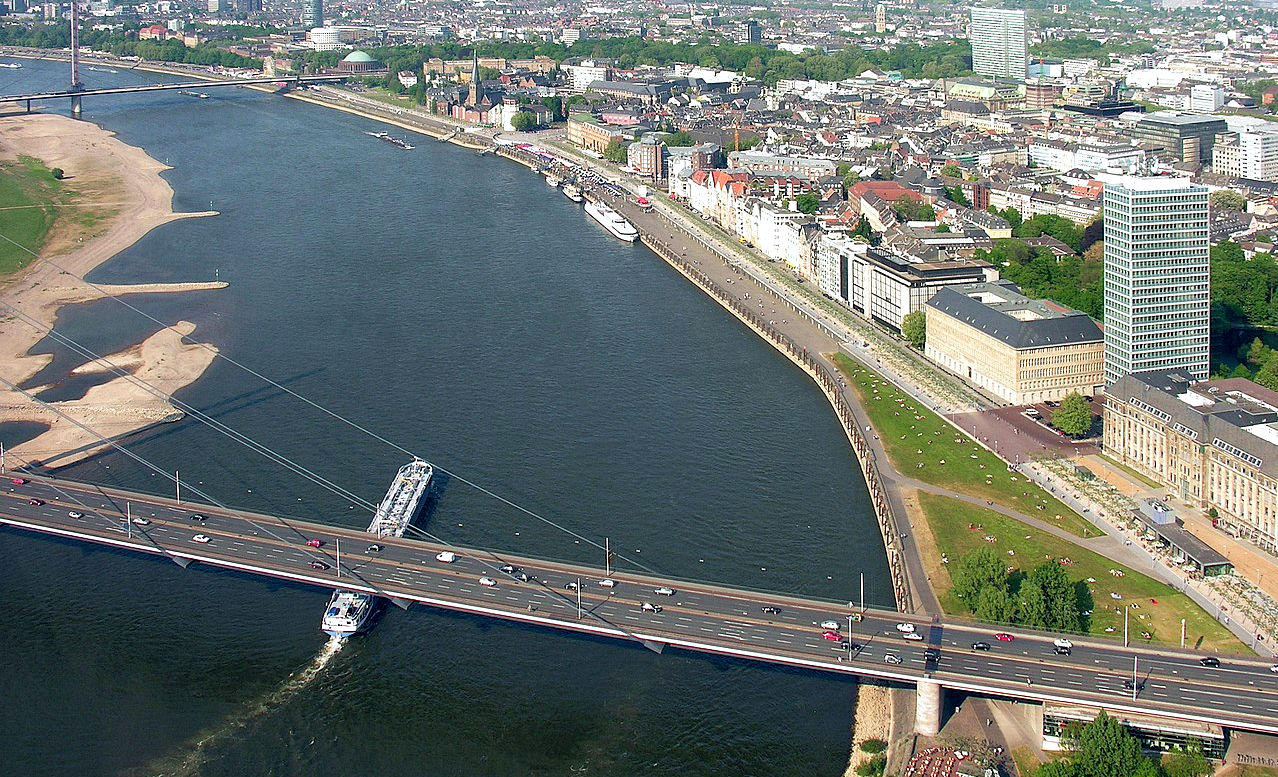
Between Bingen am Rhein and Bonn, the Middle Rhine flows through the Rhine Gorge, a formation which was created by erosion. The rate of erosion equaled the uplift in the region, such that the river was left at about its original level while the surrounding lands raised. The gorge is quite deep and is the stretch of the river which is known for its many castles and vineyards. It is a
UNESCO
World Heritage Site (2002) and known as "the Romantic Rhine", with more than 40 castles and fortresses from the Middle Ages and many quaint and lovely country villages.
The Lower Rhine flows through North Rhine-Westphalia. Its banks are usually heavily
populated and industrialized, in particular the agglomerations Cologne, Düsseldorf and Ruhr area. Here the Rhine flows through the largest conurbation in Germany, the Rhine-Ruhr region. One of the most important cities in this region is Duisburg with the largest river port in Europe (Duisport). The region downstream of Duisburg is more agricultural. In Wesel, 30 km downstream of Duisburg, is located the western end of the second east–west shipping route, the Wesel-Datteln Canal, which runs parallel to the Lippe. Between Emmerich and Cleves the Emmerich Rhine Bridge, the longest suspension bridge in Germany, crosses the 400-meter-wide (1,300 ft) river. Near Krefeld, the river crosses the Uerdingen line, the line which separates the areas where Low German and High German are spoken.
Until the early 1980s, industry was a major source of water pollution. Although many plants and factories can be found along the Rhine up into Switzerland, it is along the Lower Rhine that the bulk of them are concentrated, as the river passes the major cities of Cologne, Düsseldorf and Duisburg. Duisburg is the home of Europe's largest inland port and functions as a hub to the sea ports of Rotterdam, Antwerp and Amsterdam. The Ruhr, which joins the Rhine in Duisburg, is nowadays a clean river, thanks to a combination of stricter environmental controls, a transition from heavy industry to light industry and cleanup measures, such as the
reforestation of Slag and brownfields. The Ruhr currently provides the region with drinking
water. It contributes 70 m3/s (2,500 cu ft/s) to the Rhine. Other rivers in the Ruhr Area include the Emscher.
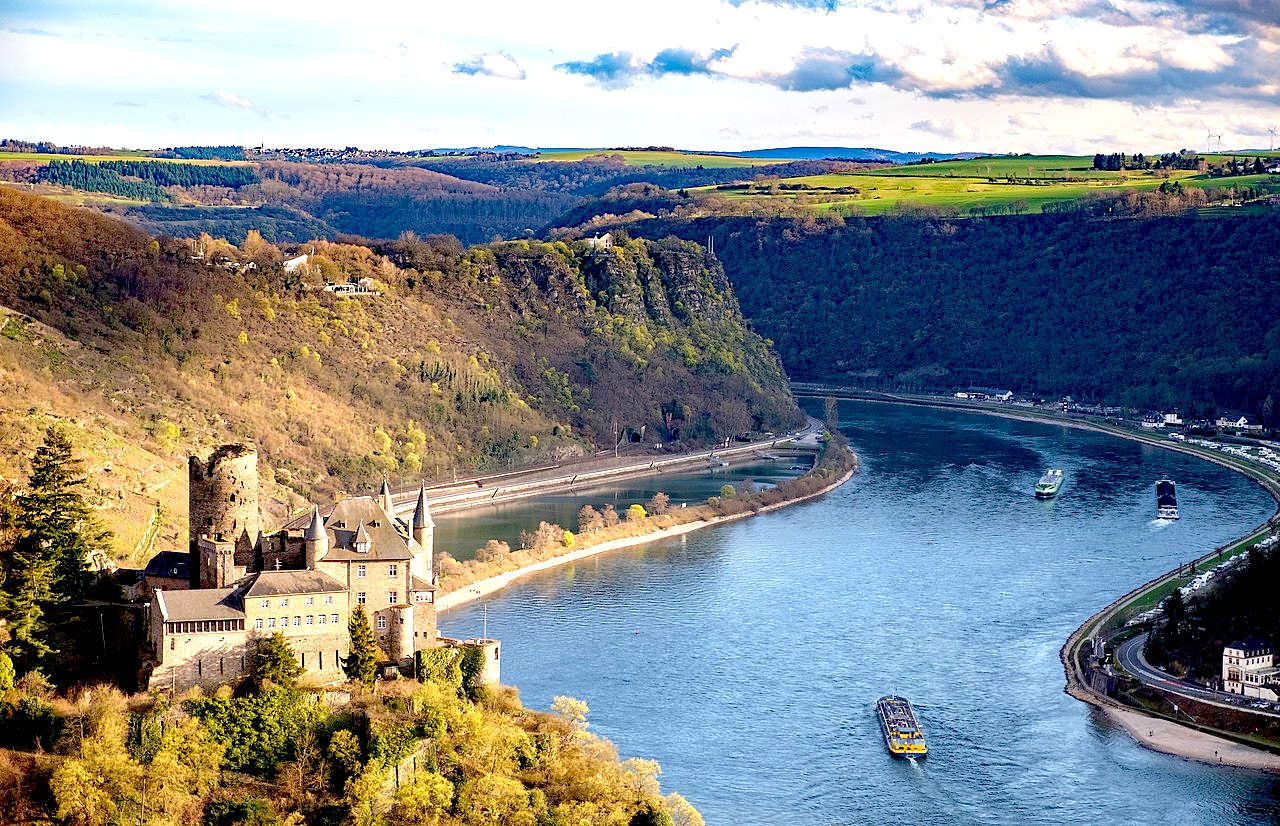
The Dutch name for Rhine is "Rijn". The Rhine turns west and enters the Netherlands, where, together with the rivers Meuse and Scheldt, it forms the extensive Rhine-Meuse-Scheldt delta, with 25,347 km2 (9,787 sq mi) the largest river delta in Europe. Crossing the border into the Netherlands at Spijk, close to Nijmegen and Arnhem, the Rhine is at its widest, although the river then splits into three main distributaries: the Waal, Nederrijn ("Nether Rhine") and IJssel.
From here, the situation becomes more complicated, as the Dutch name Rijn no longer coincides with the main flow of water. Two-thirds of the water flow volume of the Rhine flows farther west, through the Waal and then, via the Merwede and Nieuwe Merwede (De Biesbosch), merging with the Meuse, through the Hollands Diep and Haringvliet estuaries, into the
North
Sea. The Beneden Merwede branches off, near Hardinxveld-Giessendam and continues as the Noord, to join the Lek, near the village of Kinderdijk, to form the Nieuwe Maas; then flows past Rotterdam and continues via Het Scheur and the Nieuwe Waterweg, to the North Sea. The Oude Maas branches off, near Dordrecht, farther down rejoining the Nieuwe Maas to form Het Scheur.
The other third of the water flows through the Pannerdens Kanaal and redistributes in the IJssel and Nederrijn. The IJssel branch carries one ninth of the
water flow of the Rhine north into the IJsselmeer (a former bay), while the Nederrijn carries approximately two-ninths of the flow west along a route parallel to the Waal. However, at Wijk bij Duurstede, the Nederrijn changes its name and becomes the Lek. It flows farther west, to rejoin the Noord into the Nieuwe Maas and to the North Sea.
All
our oceans,
seas and rivers are now extremely polluted. This is partly to
do with our obsession with single
use plastic, and partly to do with our
reliance on fossil
fuels for marine transport, mostly subsidized, in denial
of alternative renewables like solar and green
hydrogen, or
green methanol clean energy.
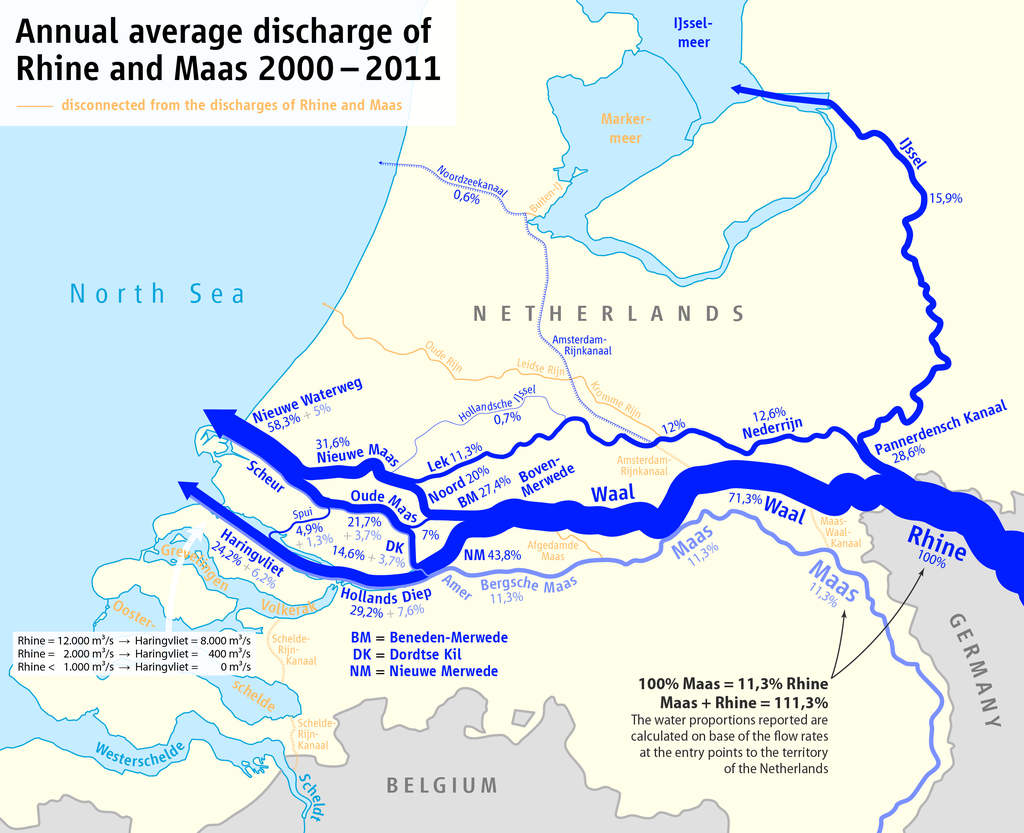
MOST BEAUTIFUL & FAMOUS
EUROPEAN
RIVERS
Blue Danube - Black Forest to Black Sea
Don - Russian
Douro - Spain & Portugal
Elbe - Czech Republic & Germany
Loire
- Longest in France
Maine - France
Moselle - Germany
Po - Italy
Rhine - Germany
Rhône - Swiss Alps & France
Seine - Dijon France to English
Channel
Tiber - Italy
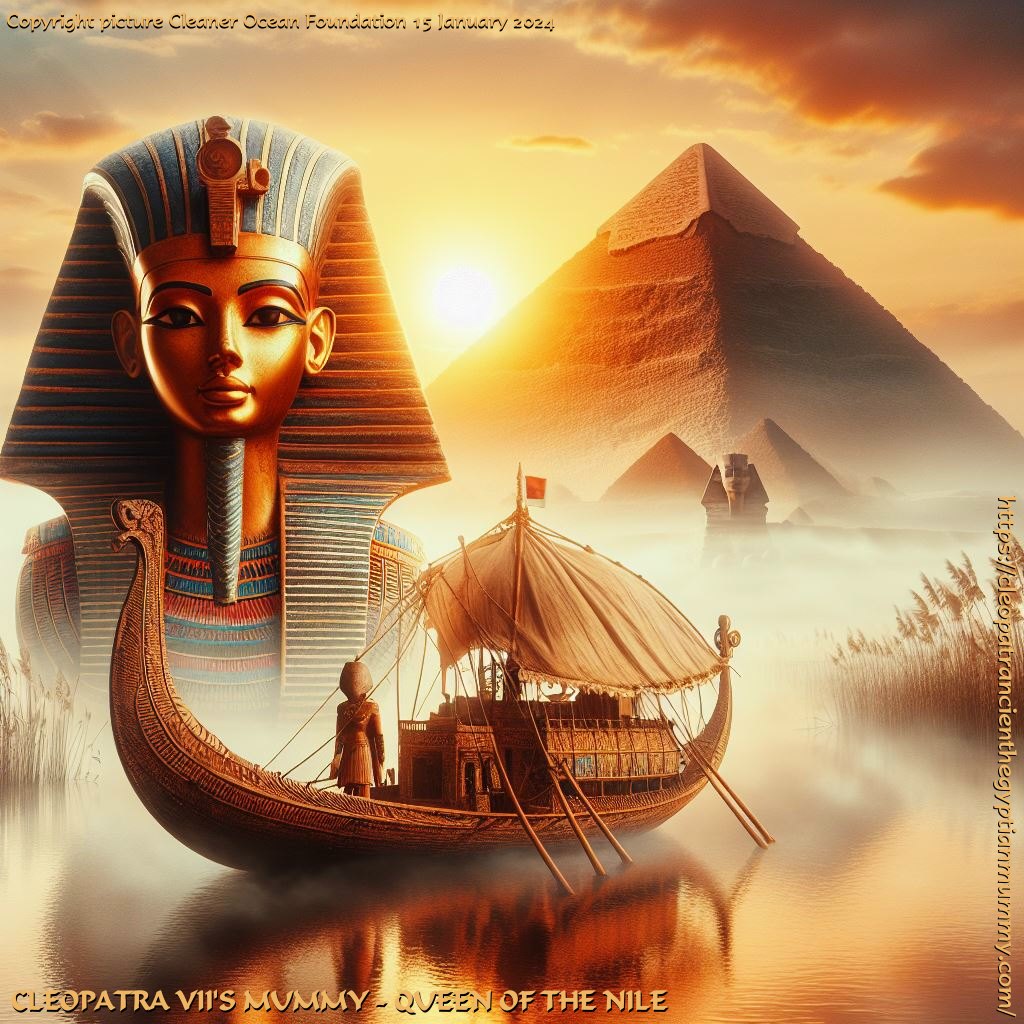
Since before the days of the
Pharaohs, the
River Nile has brought prosperity to the people living on its banks.
LINKS
& REFERENCE
https://
|





